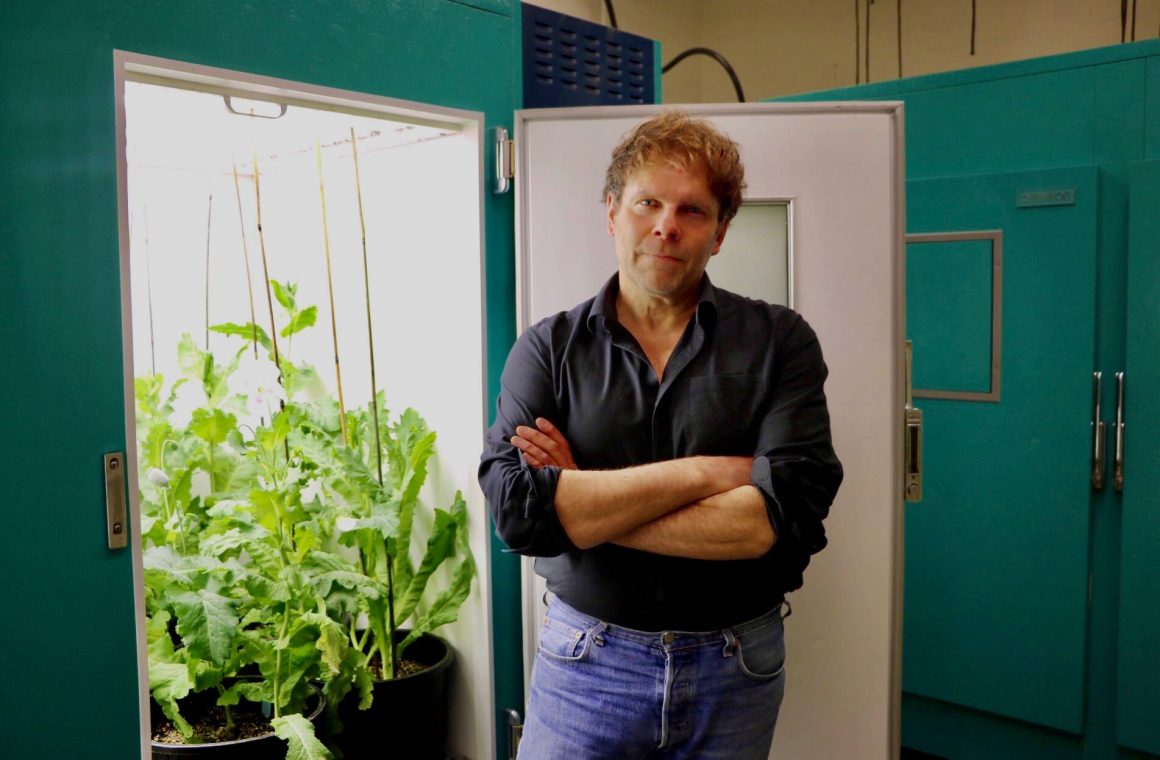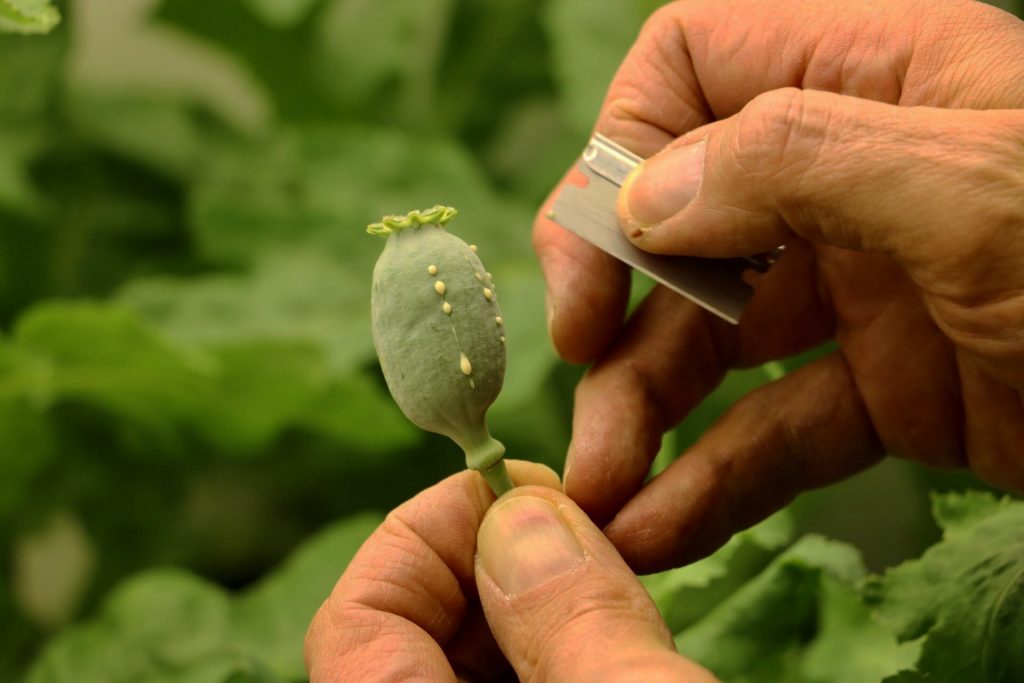
U of C’s opium poppy research contributes to harm reduction
By Rachneet Randhawa, December 29 2021—
Opioid addiction is considered an epidemic in Alberta. The Gauntlet spoke with University of Calgary biochemistry professor and Canada Research Chair Dr. Peter Facchini who has been with the University of Calgary for 26 years and runs one of the only labs in the world dedicated to researching opium poppies to learn more.
Facchini began his research in 1992 with his research focusing on understanding the complex biosynthesis of opiate alkaloids and non-opiate alkaloids in primarily an opium poppy. His research so far has accomplished cloning not only the morphine pathway in opium poppies, but pathways leading to other non-opiate compounds like noscapine which has the potential as an anti-cancer drug and other non-narcotic alkaloids produced in the plant.
From the perspective of a plant biochemist, Facchini would define an opioid as a molecule that can bind to a specific set of receptors that we all possess causing a complex number of receptors to be triggered as an analgesic response — in other words, pain relief.
Non-synthetic compounds like heroin and synthetic compounds like fentanyl have an inherent addictiveness to them. Although fentanyl is an example of a synthetic molecule that still binds to some of the receptors and doesn’t have a natural origin, it still has the same backbone structure as morphine which is derived from the poppy plant. Yet they both trigger the same pharmacological response.
The research team Facchini is affiliated with has been able to transfer all of the biosynthetic genes from the poppy plant into common baker’s yeast. Two groundbreaking studies conducted by Facchini and his team in 2018 and the discovery of thebaine synthase in 2018 and neopinone isomerase (NISO) in 2019 facilitated the fermentation-based system that can make opiates.
”What is most important to note about those two enzymes and genes, is the story of how it connects to the firing up of yeast to make to make morphine or opiates,” he said.
The primary function of those two particular genes that were discovered is that they happen to be closely related proteins and are within the range of 60 per cent of the identical amino acids.
What many overlook is the fact that molecules such as codeine, morphine and semi-synthetic derivatives like oxycodone or naloxone, which are used to treat overdoses and save a lot of people’s lives, come indirectly or partially from cultivating the opium poppy plant in various parts of the world.
But where does the poppy plant come from and why is it specifically extracted for opium? The use of opium poppies originated nearly 7,000 years ago back to the Neolithic and Bronze Age period, most likely utilized for food or humanity’s very first medicines.

And it extends potentially farther back, said Facchini, for example, opium poppy seeds found in the clothing of the Iceman that was discovered in the Alps dates back to approximately 5,500 BCE. It’s difficult to pinpoint its exact origins, but they most likely emerged in the Eastern Mediterranean and Mesopotamia and what would be considered modern-day Iraq.
Another popular location in which opium poppies are cultivated is the Island of Tasmania — part of Australia. Here the excess production of thebaine is extracted from the opium poppy plant.
“Probably about half of all of the illicit opiates that are produced in the world come from the cultivation of opium poppy plants in Tasmania, and one of the compounds they produce is morphine and codeine,” said Facchini. “But the more valuable product is thebaine [and] can be converted to all these semi synthetics including oxycodone and naloxone and so on.”
Facchini mentioned that there haven’t been new opiate-based drugs introduced into our pharmacopeia for a long time and unfortunately there hasn’t been a lot of effort in trying to find an opiate that is both an effective painkiller and is less addictive.
A fermentation system would be able to produce thebaine at a subsidy and substantially undercut the price if you’re able to grow a high yield. However, growing yeast is an expensive procedure including recruiting the personnel and using the facilities to grow it — putting seeds in the ground to grow poppy plants is cheaper which is why it remains the popular method of choice.
Right now, the biggest opportunity Facchini sees is in synthetic biology or the engineering of microorganisms as we need new drugs.
”We need to make new molecules that haven’t been tested previously, with the ideal goal [being] something as effective as morphine but not addictive,” he said. “And even if you created something that was still effective, but a lot less addictive, we would see an improvement.”
For the opioid crisis that is ravaging the province, the goal is not complete eradication, but rather harm reduction in the short term and eventually creating these new drugs to develop new tools and capacities with long-term solutions.
As for the socio-cultural, economic and political consequences of the current opioid crisis, Facchini says it’s no longer a problem restricted to those on the lowest rungs of society, but now is a middle-class problem.
“There’s no separation anymore based on economic status, social status — it affects everybody.,” he said. “How I see my work fitting in, is specifically to be working from the beginning on targeting the production of new chemical entities, new opiates that haven’t been seen before, haven’t been tested before, and simply looking for something better than what we already have.”
For those interested in learning more about how to contribute to harm reduction in the current opioids crisis, be sure to check out the latest of Dr. Peter Facchini and his team’s research developments.
